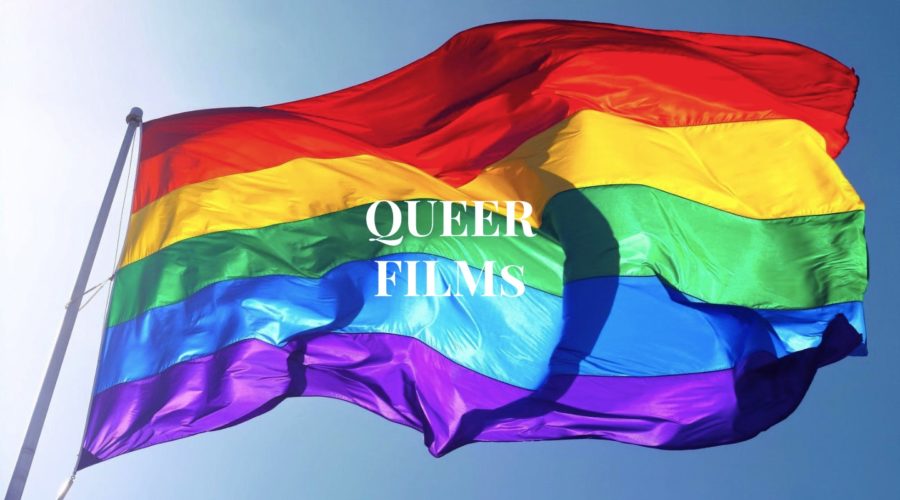A History of Queerness on Screen
A condensed history of LGBTQ+ film, with help from scholars Lillian Faderman and Thomas Waugh.
Film has always reflected queer people and experiences, but that reflection used to be distorted and shadowed. It’s now becoming more clear.
“Hollywood, that great maker of myths, taught straight people what to think about gay people and gay people what to think about themselves.” – The Celluloid Closet, 1995.
Queer people have always been on screen. In the late nineteenth and very early twentieth centuries, film became one of the most popular entertainment mediums in the world, and very early on, audiences started to see characters they perceived as different.
I spoke with Lillian Faderman and Thomas Waugh about their experiences with American and Canadian queer movies. Faderman is a historian sometimes called the ‘mother of lesbian history.’ She has written numerous books, including Odd Girls and Twilight Lovers, The Gay Revolution, and Woman. Waugh, known for many books including Romance of Transgression, is a Canadian academic and author.
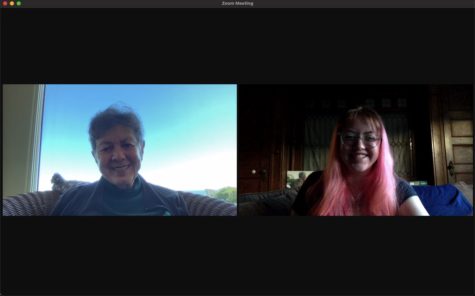
Lillian Faderman: I was reading a lot of pulp novels at the time. I remember there was this one that came out in ’56, it was wonderful. It was so appealing for me and other young lesbians to see our love in print. They had to end badly for the lesbians, of course, for ‘redeeming social value.’ It was hard to learn that the way I love was so forbidden and unpleasant for the straight world that people like me had to be killed to be forgiven.
Thomas Waugh: [Queer people] are a very picky audience, you know? We didn’t have anything for so long, so now that we can get something, I think we’re entitled to complain about it until it feels right.
Faderman and Waugh told me about how queerness on screen has changed in the last one hundred and thirty years, so let’s start at the beginning.
EARLY DAYS OF FILM
In 1915 and 1916, two Charlie Chaplin films, A Woman and Behind the Curtain, depicted queerness as a thing to laugh at. ‘Effeminate’ men were easy targets for jokes at that time, which was only made worse once production companies began to fully integrate sound into their films and included stereotypically gay voices for these characters.
A 1919 German film called Anders als die Anderen or Different from the Others was the first known film to positively portray a gay protagonist. It was also the last to do so for a long time. Different from the Others is almost an activist film. It challenged German laws of the time that criminalized homosexuality.
The release of Anders als die Anderen was met with an increase in German film censorship laws, and eventually the movie was banned from general consumption, to be seen only by medical professionals. In the 1930s, most existing prints of the film were burned by the Nazis.
Later in 1927, the Academy Award winner for best picture, Wings, had one of the earliest on-screen kisses between two men. The 1930 Oscar-nominated hit film Morocco with Marlene Dietrich featured cross-dressing and the first known example of a lesbian kiss on screen.
But during this era in film history, there was an unofficial rule in Hollywood: to uphold the moral sanctity of society, the film had to show ‘consequences’ for ‘immoral’ actions. If a character was queer they had to be punished. No queer character could get a happy ending, because to show queer people being happy is to admit they aren’t inherently deserving of misery.
DURING THE HAYS CODE
In 1934, fearing government intervention, Hollywood imposed its own censorship system: The Hays Code. The code mandates that “The sympathy of the audience shall ne’er be thrown to the side of crime, wrongdoing, evil, or sin.” Those ‘sins’ included “seduction, lustful embraces and open-mouthed kissing.” Although The Hays Code didn’t prohibit depicting these things on screen, it did mandate that they be shown in a bad light.
This led to changes. For example, Joseph Breen, a code enforcement officer insisted on changes to screenplays with queer themes. Crossfire and The Lost Weekend were both censored, turning them from movies about gay experiences into movies about antisemitism and alcoholism, respectively.
Queer characters were still on-screen during the Hays Code era, but they could only be one of three things: queercoded, a villain, or a corpse.
THE CODED
Queercoding is the practice of hinting at a character being queer but never confirming it. For instance, in the mid-twentieth century, a male character in a movie could have a higher voice, wear flowery cologne, and mention his passion for baking, and audiences would be expected to understand that he was gay. Queercoding was sometimes used to escape censorship and positively portray queer characters, but it was also sometimes used to build on existing homophobia and make a character seem more villainous.
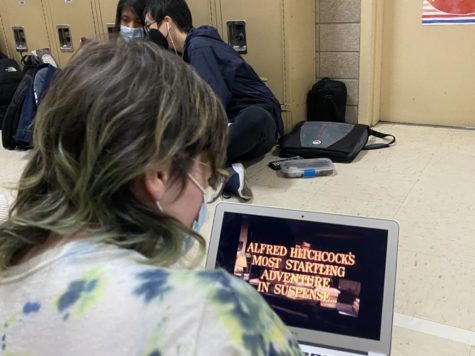
In 1948, the Alfred Hitchcock film Rope came out and barely hid the gay relationship between Brandon and Philip, two roommates who try to commit the perfect murder. In fact, the murder becomes a key to their relationship, a messy and flawed way of deepening their love for each other.
In Ben-Hur (1959), the actor who plays Messala was told to portray him as a ‘spurned homosexual lover.’ Even though the movie is not textually gay, it is clear that the two leads have chemistry, and the filmmakers don’t shy away from showing it.
THE VILLAINS
The 1936 film ‘Dracula’s Daughter’ is one of the first examples of the predatory lesbian trope, a harmful stereotype cultivated to invalidate lesbians and paint their romances as perverse or inherently un-consensual. This trope usually involves an older, more obviously queer woman ‘preying’ on a younger woman who is more conventionally attractive and is depicted as innocent and good.
In ‘Dracula’s Daughter,’ we see the trope in play. One scene, in particular, shows Marya (the vampire) asking Lili (the young woman) to pose for her. Lili offers to take off her shawl so Marya can draw her face and neck with more ease.
The Hays Code enforcement officer Joseph Breen commented on this scene at the time.
JOSEPH BREEN: “This will need very careful handling to avoid any questionable flavor.”
Disney is famous for more harmful quercoding. In Disney’s The Little Mermaid, the villain Ursula’s design is based on a real drag queen named Destiny. Her deep voice and exaggerated makeup are purposeful devices to subliminally remind audiences of queerness, and thus make them more certain of her villainous nature.
Hades from Hercules is another example of a queercoded character — he has a raspy voice, a sassy attitude, and doesn’t embody traditional masculine stereotypes. As villains in popular children’s movies, characters like Hades and Ursula teach kids that stereotypically queer attributes should be associated with bad and dangerous people.
THE CORPSES
In the fifties and sixties, when characters were allowed to be explicitly gay, they were usually killed.
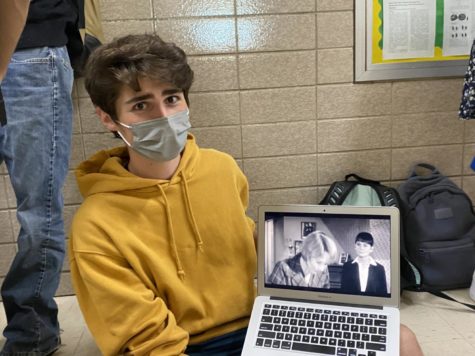
Lillian Faderman: It’s shocking how predictable they got. The Children’s Hour, which was from the sixties, is a beautiful film, and it has one woman, played by Shirley MacLain, who actually talks about being a lesbian. That was huge, but then she killed herself, and they didn’t even kiss. The Fox came out a few years later, and it had a few erotic scenes, but in the end, the love interest is killed by a tree chopped down by this man, and he ends up with the main character. And then there was The Killing of Sister George, where neither of the lesbians dies, but they end up so alone, and so broken. It was just so unoriginal. We watched ourselves die in every film.
Thomas Waugh: Hollywood was obsessed with dead queer people.
Still, some films that killed their queer characters had tolerant messages. 1953 film Glen or Glenda is the first movie to show a trans person! The police inspector investigating her death wants to know more about transness, and interviews another trans woman named Glenda, who is struggling with coming out to her wife. The film ends by talking about a third trans woman named Anne, who has a successful medical and social transition. Even though the film starts by talking about a dead queer person, it is a radical piece of representation for the time.
POST HAYS
The Hays office was closed in 1966 after the code had declined in power for over ten years. American culture changed, and it became harder to enforce. Queerness was becoming more socially acceptable, and gay communities were thriving in large cities, so it was harder and harder to keep gay life out of film. In 1952, the Supreme Court granted movies first amendment protections, and by this point, movies could be successful without code enforcement office approval. There was no point in keeping the code around.
Queer representation on screen began to ever so slowly improve, but it still wasn’t perfect.
THE SEVENTIES
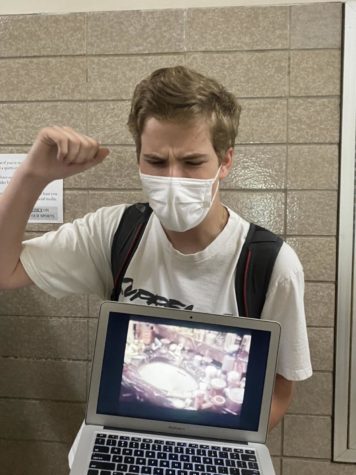
The 1970 film, The Boys in the Band, portrays a group of mostly gay men and is considered one of the first major American movies centering on a group of queer people. It’s one of Thomas Waugh’s favorite gay movies.
Thomas Waugh: It was the first film I’d seen that focused fully on gay men and gay life. A lot of people at the time critiqued it for its sort of cliche gay male characters, but I must admit I was just happy they were there at all.
In 1972, the film Dog Day Afternoon came out. It’s an interesting portrayal of queerness because it includes a man who identifies as gay and his transfem wife. The gay main character, played by Al Pacino, doesn’t embody queer stereotypes and is allowed to be an action hero while being openly gay. Both protagonists are harassed and made fun of by other characters in the film, but they’re very clearly heroes in the movie. Both of them are open about their identities, neither one of them is killed, and neither one is painted as a villain. Dog Day Afternoon is an early example of queer cinema without the Hays Code — when people are allowed to portray queer heroes, they will.
THE EIGHTIES
1985 film The Color Purple is a coming-of-age drama directed by Stephen Spielberg about a Black queer woman named Celie, played by Whoopi Goldberg. The main character survives extreme abuse but has a variety of ups and downs during the movie’s 40 year timespan. Spielburg chose to play down the lesbian relationship between Celie and another central character, Shug, but it still shows up clearly in the film.
Law of Desire is a 1987 movie about a gay filmmaker, his love life, and his trans sister. It’s one of the first explicitly erotic gay films and is thus considered something of a landmark in gay film history.
THE NINETIES
The repeal of the Hays code didn’t fix every problem with queer representation. Film developed without healthy queer representation, and that has lasting impacts.
The Watermelon Woman is a 1996 romantic comedy about a Black lesbian who works in a film store. It’s the first feature movie directed by an out Black lesbian and was put in the Library of Congress for its cultural significance.
The 1999 film But I’m a Cheerleader is a campy cult classic. It stars reluctant a lesbian named Megan, who’s sent to conversion therapy before she even knows she’s gay. Despite its serious subject matter, But I’m a Cheerleader is a comedy and a romance, and holds an emotional significance to many queer women.
THE TWO-THOUSANDS
By Hook or By Crook is a 2001 buddy comedy starring two queer men. Shy, a trans man, has recently moved to a city to pursue a life of crime. He meets Valentine, and they become partners in crime, building a complex and close relationship. It premiered at Sundance Film Festival and is a great positive representation of gender-nonconforming and trans characters.
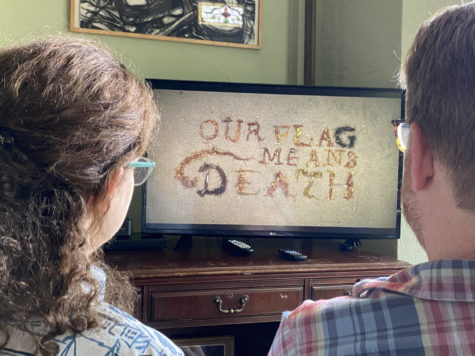
It’s difficult to imagine, now, being as starved for queer representation as people were in the twentieth century. Shows like Brooklyn 99, Dear White People and One Day at a Time include casual queer representation, while shows like Killing Eve, Heartstopper, and Our Flag Means Death center queer relationships and themes. There are so many more queer movies and TV shows. Still, in 2019, only 19% of major films included queer characters.
We still have a long way to go, but it’s important to remember the progression of gay and trans representation on screen and celebrate how far we’ve come.
Lilian Faderman talked about her first taste of modern queer representation.
Lillian Faderman: I remember being in New York one time for some book event, and I saw an ad for The L Word on a bus. It was giant, the sign took up the whole bus, and I was just shocked. Lesbians are important enough of an audience that they put an ad up on a bus for us. It was wonderful.
We still have a long way to go, but it’s important to remember the progression of gay and trans representation on screen and celebrate how far we’ve come.
Acadia Bost is a returning Editor-in-Chief for ‘The Science Survey.’ Placing an emphasis in their writing on the more structural, long term problems...

